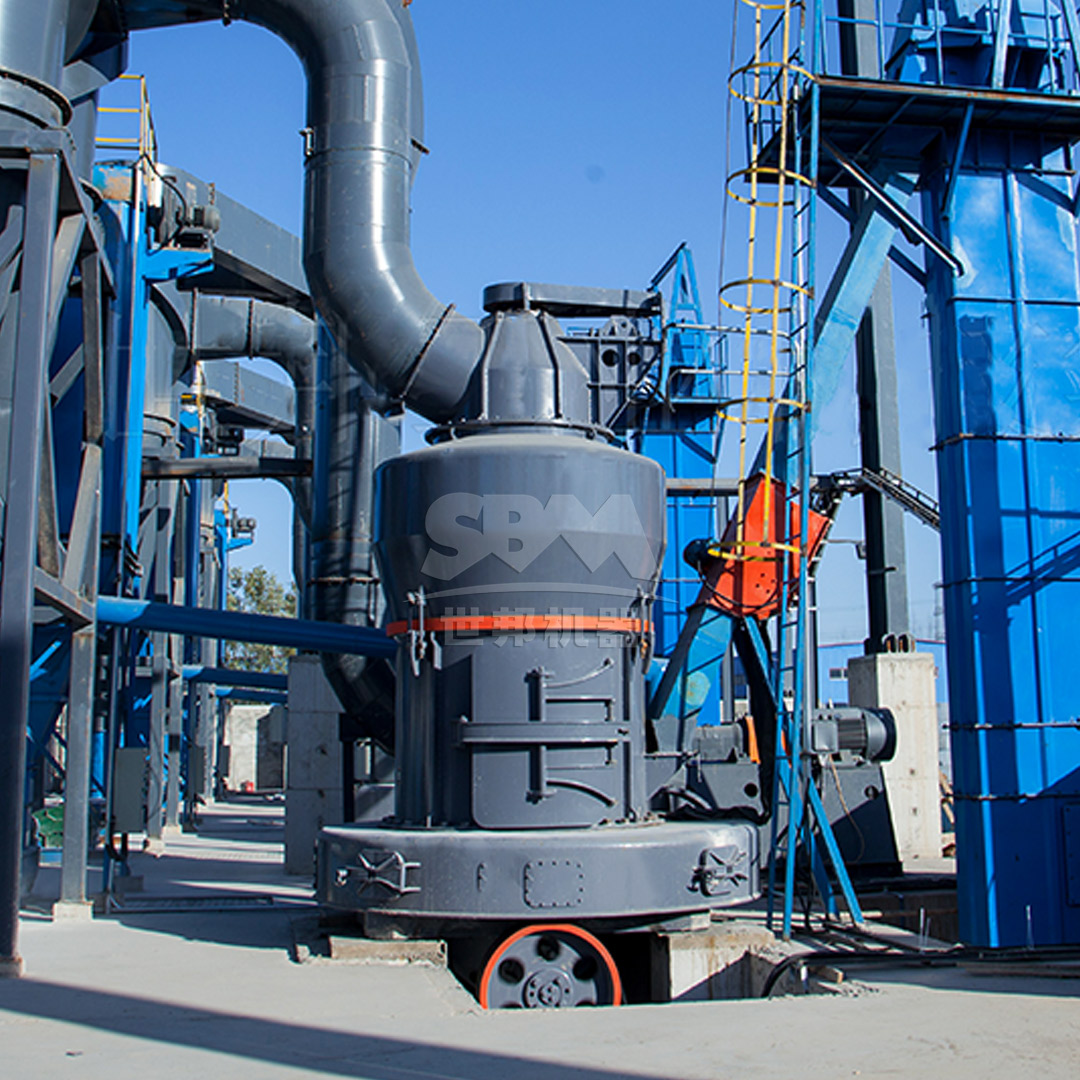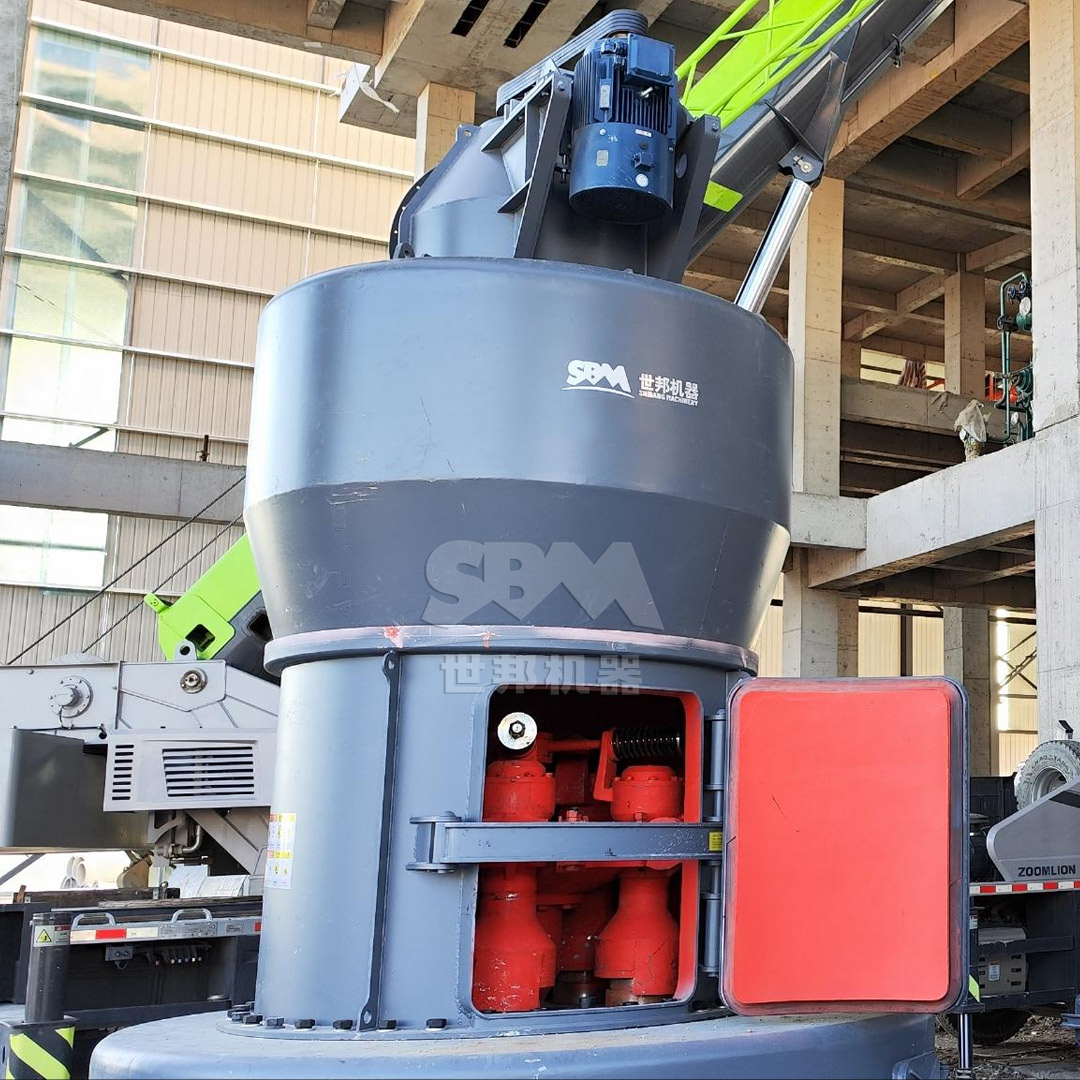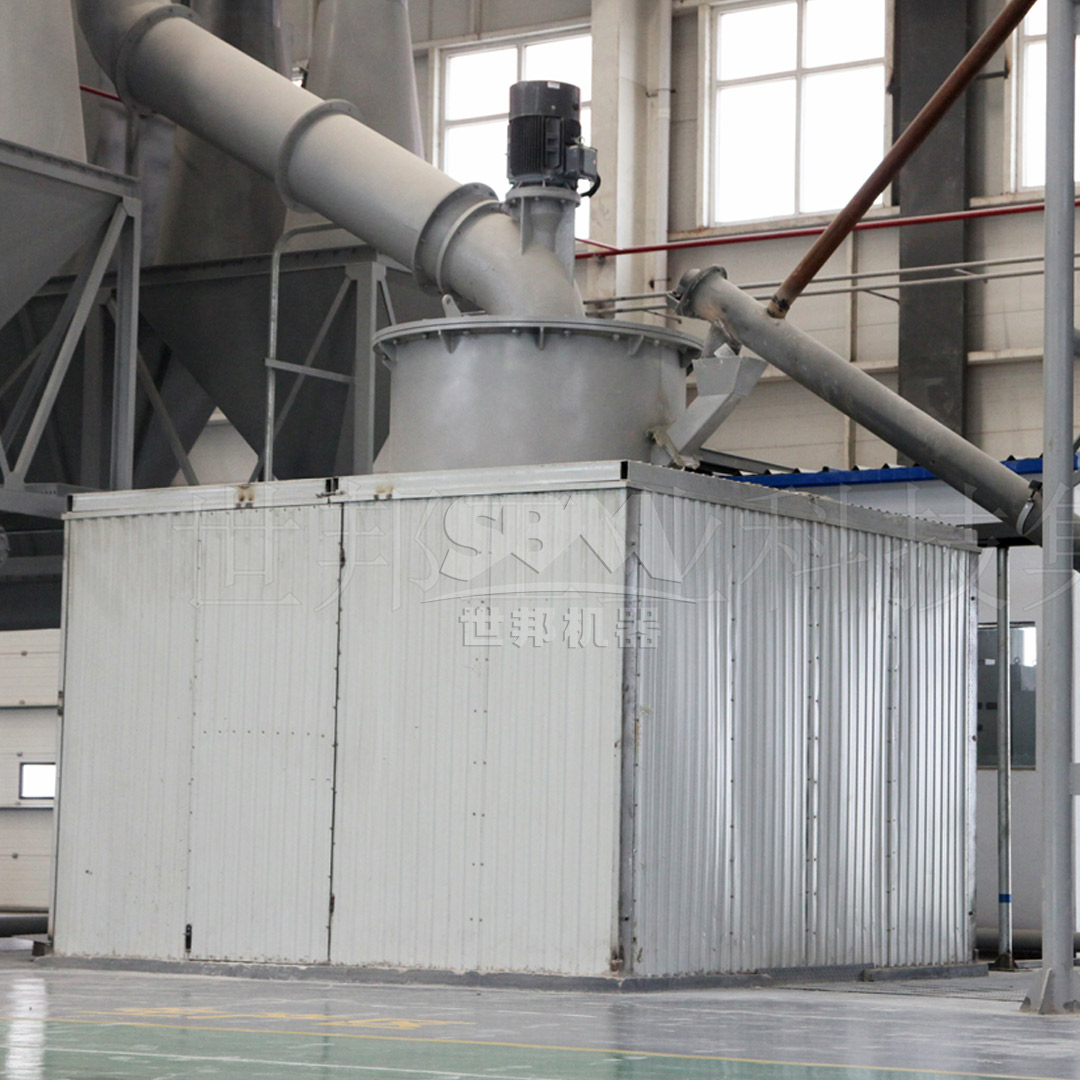Flue Gas Desulfurization (FGD) is a critical process in coal-fired power generation, designed to remove sulfur dioxide (SO₂) from exhaust flue gases. The efficiency of this process is heavily dependent on the quality of the limestone reagent used. Specifically, the particle size distribution, surface area, and chemical reactivity of the ground limestone are paramount. This article delves into the technological advancements and optimization strategies for limestone fine grinding, a key determinant in achieving high SO₂ removal rates, operational efficiency, and cost-effectiveness in FGD systems.
The fundamental chemical reaction in wet limestone FGD systems can be summarized as:
CaCO₃ (limestone) + SO₂ + ½O₂ → CaSO₄ (gypsum)
The rate and completeness of this reaction are significantly enhanced when the limestone is ground to a very fine, uniform powder. This increases the available surface area for reaction, leading to more efficient limestone utilization, reduced waste, and higher-quality gypsum byproduct.

Particle size is not merely a specification; it is a core performance parameter. The target fineness for limestone in FGD applications typically falls within the range of 250 to 325 mesh (44-63 microns), with a strong trend towards even finer grinds (e.g., D90 < 40 microns or 400 mesh) for advanced absorber designs. The benefits of optimal particle size are multifold:
Finer particles dissolve more rapidly in the acidic environment of the absorber slurry. This ensures a readily available supply of calcium ions to react with SO₂, preventing a drop in pH that can lead to scaling and maintaining consistently high desulfurization efficiency, often exceeding 99%.
Coarse particles may pass through the absorber unreacted and report to the gypsum dewatering system. This represents a direct loss of reagent and increases solid waste handling costs. Fine, fully reacted limestone maximizes the yield of saleable gypsum.
Uniform fine grinding minimizes the presence of very coarse particles that can act as nucleation sites for scale formation (e.g., gypsum scaling) on absorber internals, spray nozzles, and piping. This reduces maintenance downtime and chemical cleaning costs.
A consistent and fine limestone feed results in a more uniform gypsum crystal growth, producing a byproduct with lower moisture content and higher purity, which is more valuable for the wallboard and cement industries.
Producing large volumes of finely ground limestone powder presents several engineering challenges:

Various milling technologies are employed for limestone preparation. The choice depends on required capacity, final fineness, energy efficiency, and total cost of ownership.
| Technology | Typical Output Fineness | Key Advantages | Key Limitations |
|---|---|---|---|
| Ball Mill | 45-150 μm | Robust, well-understood, can handle wet grinding | High energy consumption, low efficiency for fine grind, noisy |
| Raymond Mill (Roller Mill) | 45-325 μm | Good efficiency for coarse to medium fine grind | Limited ability for very fine grind (< 40μm), high wear |
| Vertical Roller Mill (VRM) | 30-100 μm | Excellent energy efficiency, integrated drying | Higher capital cost, complex operation |
| Ultrafine Mill | 5-45 μm (325-2500 mesh) | Superior efficiency for very fine grind, precise classification | Requires fine feed, specialized technology |
For modern power plants aiming for the highest FGD efficiency and lowest reagent consumption, ultrafine grinding technology represents the optimal solution.
To meet the stringent demands of efficient FGD systems, we highly recommend our SCM Series Ultrafine Mill. This mill is engineered specifically for producing high-volume, consistently fine limestone powder with exceptional efficiency and reliability.
The SCM Ultrafine Mill operates on a layered grinding principle. The main motor drives a multi-layer grinding ring to rotate. Material is fed into the center of the mill and is thrown outward by centrifugal force, passing through the grinding channels where it is repeatedly compressed and ground by rollers. A key component is the integrated high-precision turbo classifier, which ensures only particles that meet the target fineness leave the grinding chamber. Coarse particles are rejected and returned for further grinding, guaranteeing a uniform product without oversize contamination.

With models like the SCM1250 (2.5-14 ton/h, 185kW) and the SCM1680 (5.0-25 ton/h, 315kW), the SCM series can be matched to the specific capacity needs of any coal-fired power plant, from small industrial units to large utility-scale facilities.
Implementing an advanced grinding solution like the SCM Ultrafine Mill is not just about buying a machine; it’s about optimizing the entire reagent preparation circuit. The economic benefits are clear:
The optimization of limestone fine grinding is a decisive factor in the performance and economics of flue gas desulfurization. Moving beyond traditional milling technologies to advanced ultrafine grinding systems is no longer a luxury but a necessity for power plants striving for peak efficiency, regulatory compliance, and cost leadership. Our SCM Series Ultrafine Mill, with its proven ability to deliver precisely controlled, ultra-fine limestone powder at high capacity and low operational cost, provides a future-proof solution for the evolving demands of the power generation industry. By investing in the right grinding technology, plant operators can ensure their FGD systems are not just a cost of compliance, but a model of efficiency and environmental stewardship.